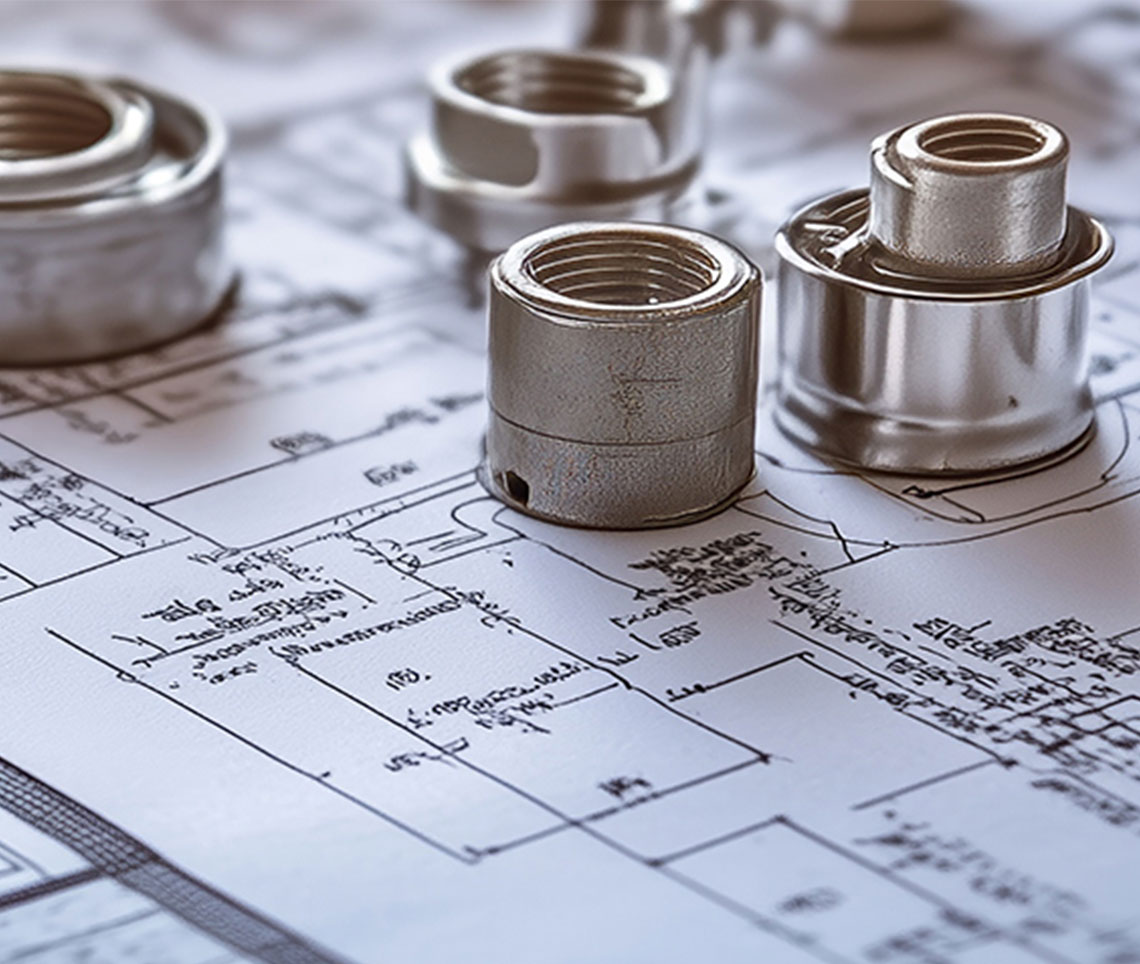Power Spikes
March 8, 2023 Jeff Rosenblum
Did you know that power quality and reliability issues cost the U.S. economy roughly $119 billion each year? Have you ever found yourself replacing the circuit board after a storm? If so, you have made your contribution to that dollar figure.
Most HVAC technicians probably never give a thought to the issue. After all, “the old furnace worked fine for 30 years” or “that’s the electrician’s problem.” The reality is that modern furnaces use electronic controls that are very sensitive to power quality compared to the older, less efficient furnaces. So, you should be aware of how power quality can affect the equipment.
Power issues can vary in severity and the time it lasts, which can make a diagnosis difficult. To properly diagnose a power quality issue, a power quality recording meter can be installed in an electrical system for a period of time. The recorded data that it captures can then be analyzed by a professional. Unfortunately, the cost of doing so in a residential or light commercial application can be prohibitive. An alternative to that is to be educated about potential issues and how to prevent them before they become problems.
Transients
A transient, also called a spike or surge, is a very short duration (often less than two milliseconds) burst of voltage. That burst could be up to several thousand volts. There are many aspects to power quality, but the transient is likely the most common power quality issue you will run into and the one that causes the most damage. The higher the voltage above normal, the more potential it can do damage. Imagine applying 6,000 volts to a lighting circuit and watching what happens! Transients can be caused by lightning, power disruptions, or heavy loads being cycled on and/or off.
Obviously, a transient from something like a nearby lightning strike can do some immediate damage if it works its way into a home’s power system. We’ve all heard the nightmare stories of the strike that took out all the televisions, computers, audio equipment, etc. This is a result of a nearby strike with no protection.
But what about the smaller (lower voltage) transients? Even lightning strikes far away can induce transients into power lines. Turning on or off larger motor loads (such as an air conditioning compressor) can also create transients. These smaller transients can have a similar damaging effect over a long period of time. These surges can be hundreds (not thousands) of volts and not carry enough energy to do any immediate damage. However, over time, they can affect circuit boards, capacitors and electrical insulation. The effects can take years depending on how much energy they possess and how often it occurs.
What to do?
So, what do we do with transients? Dealing with the smaller, more common types of transients is important for any building and is typically affordable. This can be accomplished using a high-quality transient voltage surge suppressor (TVSS). Essentially, these work by redirecting all energy over a certain level to the ground. A TVSS should always be placed on the main power supply panel of the building, typically referred to as a whole house surge suppressor. As a second level of protection, additional units can be placed on circuits of sensitive equipment.
Surge suppressors do not draw a significant amount of power and require no maintenance other than a casual visual glance at an indicating LED to confirm they are operational. In the event of a high energy surge, a surge suppressor may become sacrificial and fail. In doing so, it has likely prevented some damage. In that case, the surge suppressor would require replacement, but the cost of this will be much cheaper that a repair to the equipment.
Summary
The goal is always to eliminate issues before they become problems. You may have done a great job installing that money-saving equipment. That elation can quickly wane when three years later you give them a bill for troubleshooting and replacing the control…and for a failed blower two years after that! To avoid this situation, every technician should have a conversation with their customer about the potential issues that can arise from transients. Let them make an informed decision to invest in the protection that surge suppressors offer.















